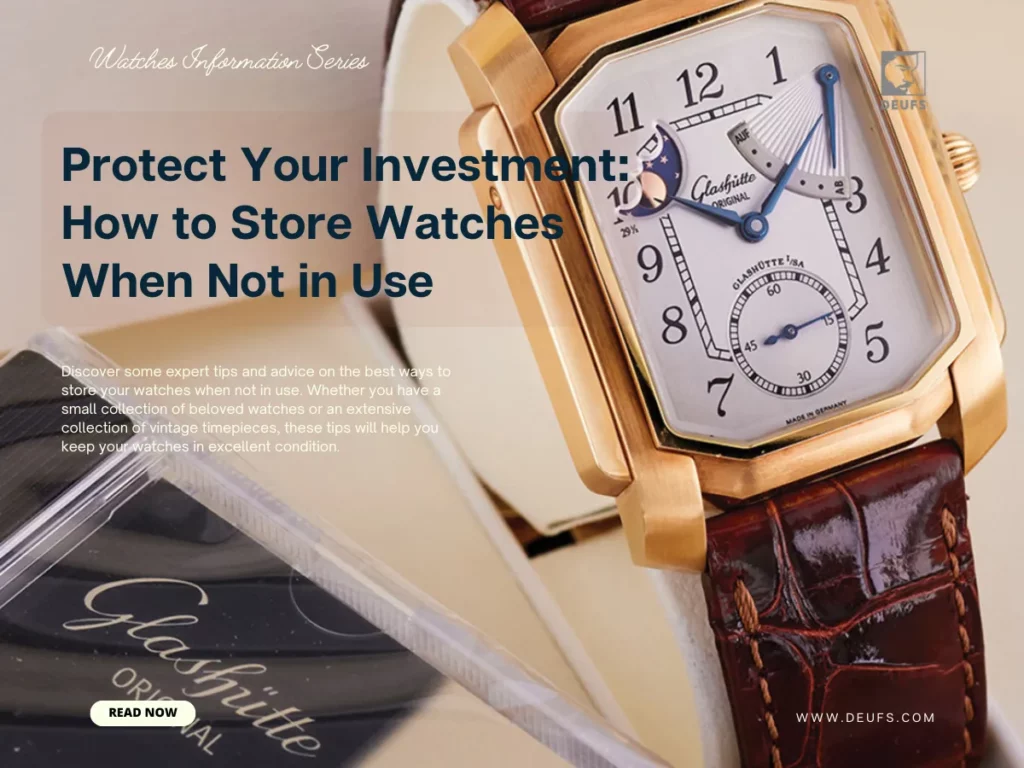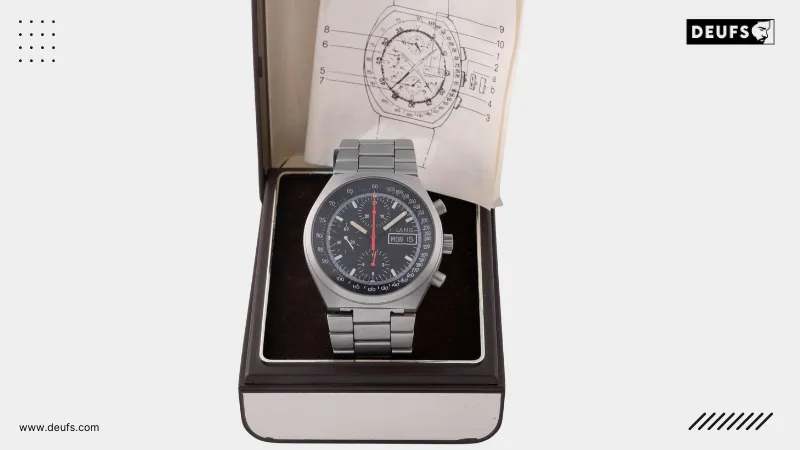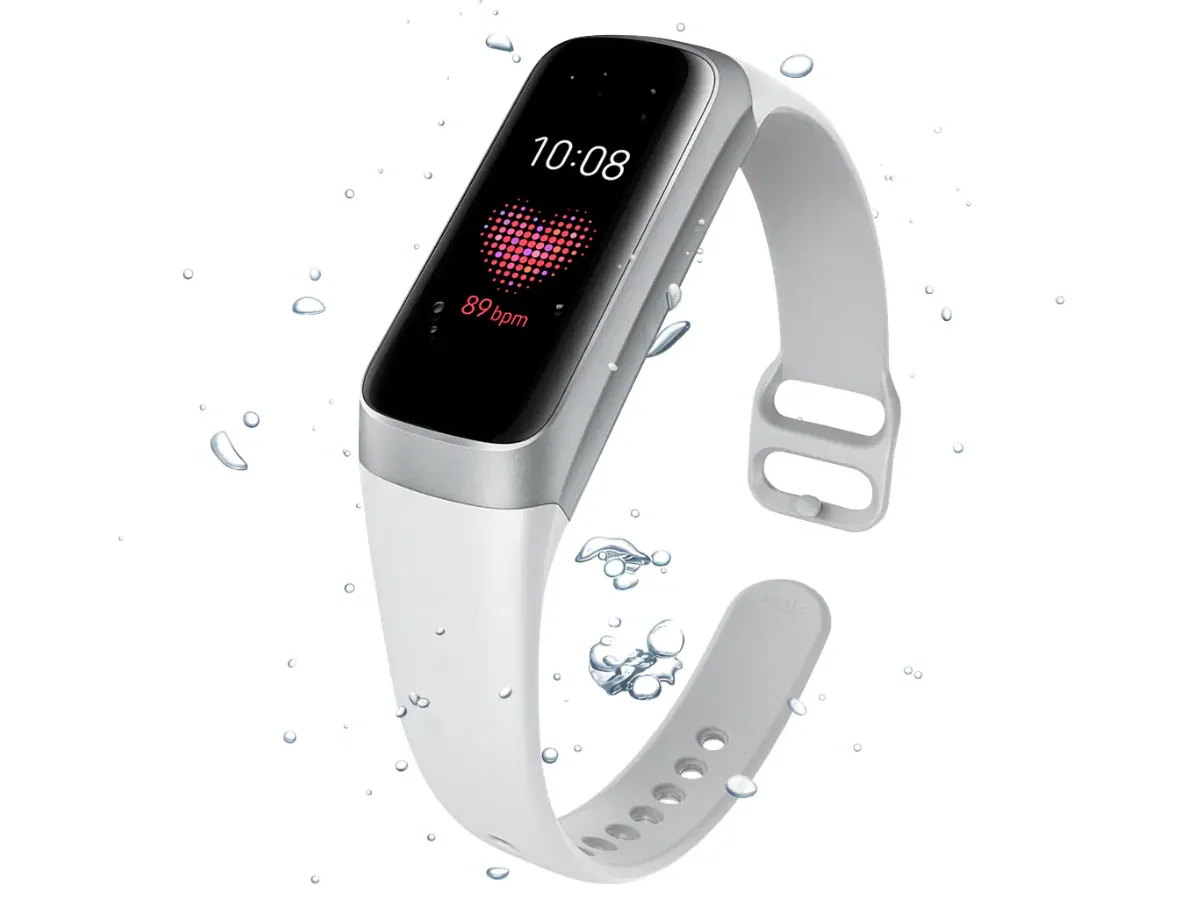
If you’re a watch enthusiast, you know the importance of protecting your timepieces when they’re not in use. Proper watch storage is essential for maintaining the condition of your watches and ensuring they stay in top shape for years to come.
In this article, we’ll provide some expert tips and advice on the best ways to store your watches when not in use. Whether you have a small collection of beloved watches or an extensive collection of vintage timepieces, these tips will help you keep your watches in excellent condition.
The Basics of Watch Storage
When it comes to storing your watches, there are a few key things to keep in mind. First and foremost, it’s essential to avoid extreme temperatures and moisture. Watches are sensitive to temperature fluctuations and can be damaged by excessive heat or cold. It’s best to store your watches in a cool, dry place with a consistent temperature.
Another important consideration is the humidity level in your storage space. Watches can be damaged by excessive moisture, so it’s important to avoid storing them in damp or humid environments. A humidity level of around 50% is ideal for watch storage.
Best Practices for Watch Storage

One of the best ways to store your watches when not in use is to use a watch box or case. A watch box or case provides a protective and organized space for your watches and can help prevent damage from scratches, moisture, and other potential hazards.
When organizing your watches in a watch box or case, it’s important to arrange them carefully. Avoid stacking your watches on top of each other, as this can cause scratches and damage to the crystal. Instead, place each watch in its own compartment or tray, and make sure the watches are not rubbing against each other.
In addition to using a watch box or case, there are a few other best practices to keep in mind when storing your watches. Here are some additional tips to follow:
When it comes to storing watches when not in use, there are a few best practices to follow to protect your timepieces and ensure they stay in top condition. Here are some tips to keep in mind:
- Choose the right storage method. Depending on the type and number of watches you have, you’ll want to select a storage method that is appropriate for your needs. For example, if you have a large collection of watches, you might want to invest in a watch box or case to keep them organized and protected. If you only have a few watches, a simple watch roll or tray might be sufficient.
- Keep watches away from moisture and heat. Watches can be sensitive to changes in temperature and humidity, so it’s important to store them in a place that is cool, dry, and free from extremes. Avoid storing watches in damp basements or attics, and try to keep them away from direct sunlight and heat sources.
- Use protective covers or bags. When storing watches for longer periods of time, it’s a good idea to use protective covers or bags to keep dust and dirt at bay. You can find a variety of watch covers and bags on the market, ranging from simple dust bags to more specialized storage solutions.
Common Mistakes to Avoid
When it comes to storing a watch, there are a few common mistakes that many people make. Here are some mistakes to avoid when storing your watches:
- Leaving your watches in direct sunlight or near heat sources. This can cause damage to the watch’s movement and other components.
- Storing your watches in damp or humid environments. This can cause corrosion and other damage to your watches.
- Be sure to regularly clean and maintain your watches. This can cause damage and decrease the value of your collection.
Alternative Storage Options
In addition to using a watch box or case, there are a few other storage options. Here are some alternative storage options for your watches:
- Using a safe or lockable cabinet. This provides a secure and protective space for your watches and can help prevent theft or damage.
- Storing your watches in a climate-controlled storage unit. This is a great option for people with extensive collections of watches, as it provides a stable and consistent environment for your timepieces.
Conclusion
Proper watch storage is essential for protecting your investment and maintaining the condition of your watches. By following these expert tips and advice, you can ensure that your watches stay in great shape when they’re not in use. Whether you have a small collection of cherished watches or a large collection of vintage timepieces, the right storage solutions can help you keep your watches in top condition for years to come.
In conclusion, it’s important to avoid extreme temperatures and moisture when storing your watches. Use a watch box or case for maximum protection, and be sure to regularly clean and maintain your watches to prevent damage. By following these tips and guidelines, you can keep your watches in top condition and ensure they retain their value and beauty for years to come.






